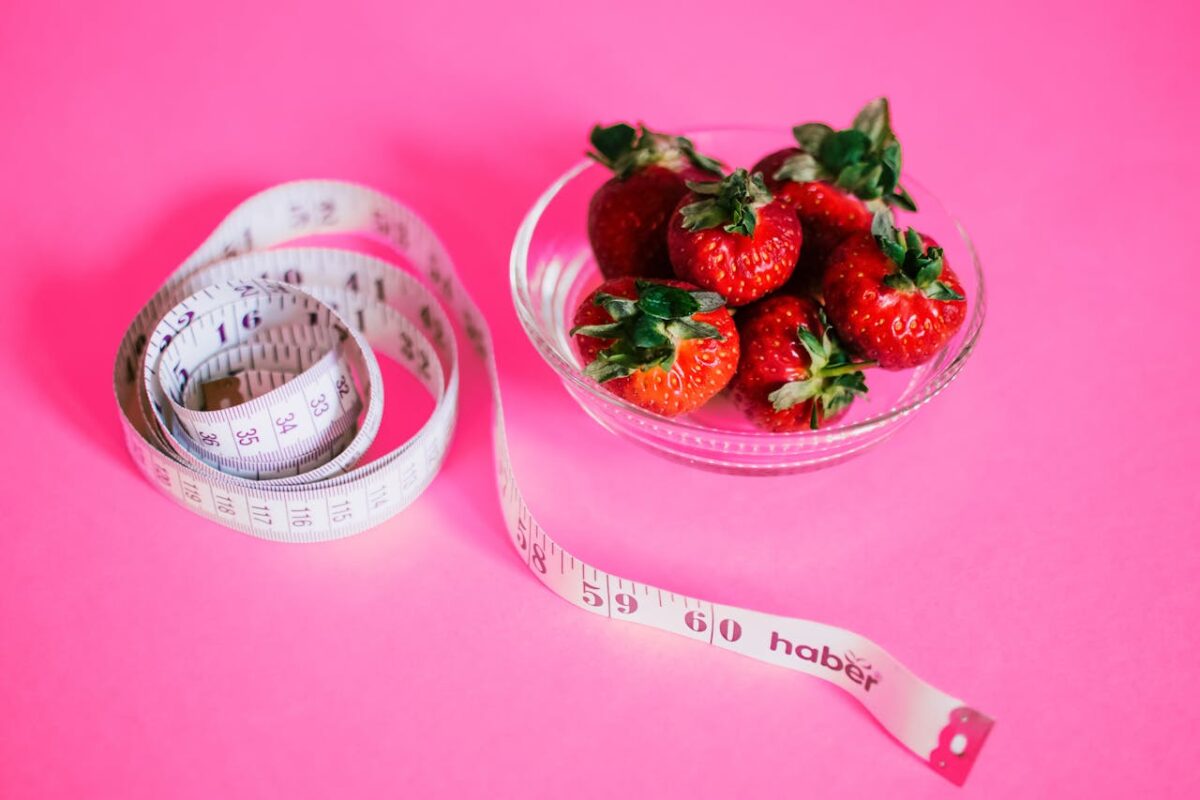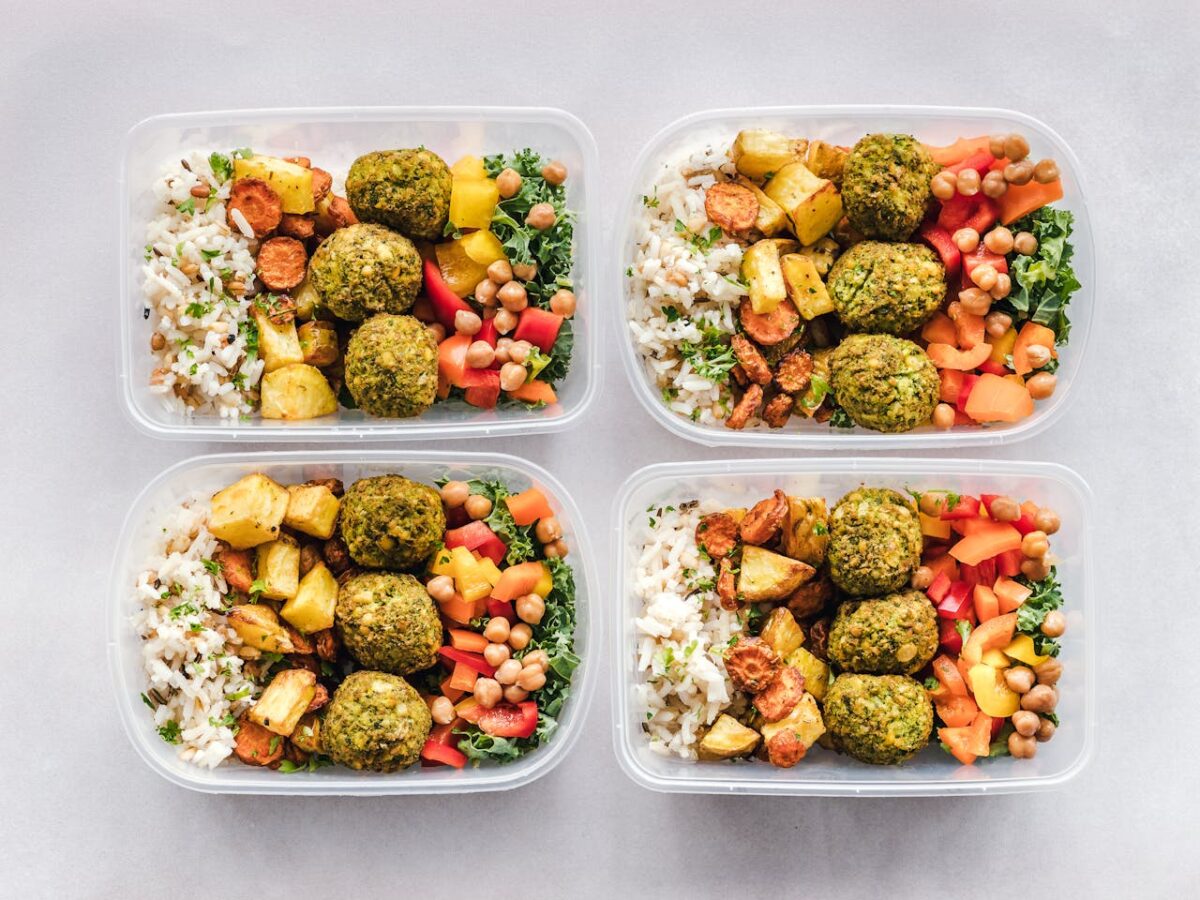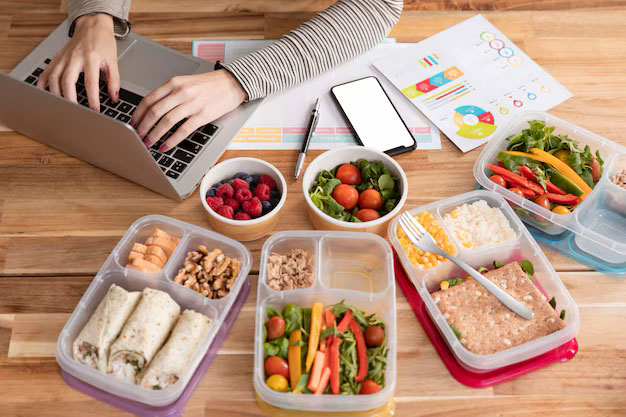Healthy Weight Loss for Busy People: How to Stay on Track with a Full Schedule
Between meetings, errands, and family time, it might feel like there’s no room left for healthy habits. But here’s the thing: losing weight doesn’t have to mean sacrificing hours of your day or following strict, time-consuming routines. With the right strategies, you can achieve your weight loss goals, even with a packed schedule.
Let’s talk about realistic, manageable ways to fit healthy habits into your busy life—without feeling overwhelmed.
1. Meal Prep for Success
One of the best ways to stay on track with healthy eating is to plan ahead. Taking just an hour or two at the beginning of the week to prep some simple meals can save you tons of time later. It also helps you avoid the temptation of takeout or unhealthy snacks when you’re short on time.
How to Get Started:
- Cook big batches of easy-to-prepare proteins like grilled chicken, turkey, or lentils.
- Roast a large tray of vegetables to have on hand for sides or salads.
- Pre-make simple lunches like salads, stir-fries, or grain bowls with millet or cauliflower rice.
Pro Tip: Use containers to portion out meals for the week, so they’re ready to grab and go.
2. 10-Minute Workouts That Actually Work
When you’re busy, finding time to work out can feel impossible. But here’s the truth: you don’t need to spend hours at the gym to see results. Short, effective workouts like high-intensity interval training (HIIT) or bodyweight exercises can help burn calories and build muscle in just 10-15 minutes.
Quick Workouts to Try:
- Bodyweight Circuits: Do a quick round of push-ups, squats, lunges, and planks. Repeat the circuit 2-3 times for a full-body workout.
- HIIT Sessions: Alternate between 30 seconds of high-intensity moves like jumping jacks or burpees and 30 seconds of rest. Repeat for 10-15 minutes.
Pro Tip: If you’re struggling to fit workouts into your day, try exercise snacking—a few minutes of movement here and there throughout your day adds up.
3. Practice Mindful Eating
Mindful eating doesn’t require extra time; it’s about being more present during meals, which can help you make healthier choices and avoid overeating. When you’re busy, it’s easy to rush through meals, but slowing down can make a big difference in your weight loss journey.
How to Eat Mindfully:
- Take smaller bites and chew thoroughly.
- Put your fork down between bites to give yourself time to notice when you’re full.
- Avoid eating in front of screens or while multitasking—focus on the food and how it makes you feel.
Pro Tip: Even if you only have 10 minutes for lunch, you can still practice mindful eating by tuning into your body’s hunger and fullness cues.
Bottom Line: Healthy Weight Loss for Busy People is Possible
When your schedule is full, it’s easy to put your health on the back burner. But by focusing on simple strategies like meal prepping, short workouts, and mindful eating, you can stay on track with your weight loss goals without feeling overwhelmed. Remember, it’s not about perfection—it’s about making small, consistent changes that fit your lifestyle. You’ve got this!





